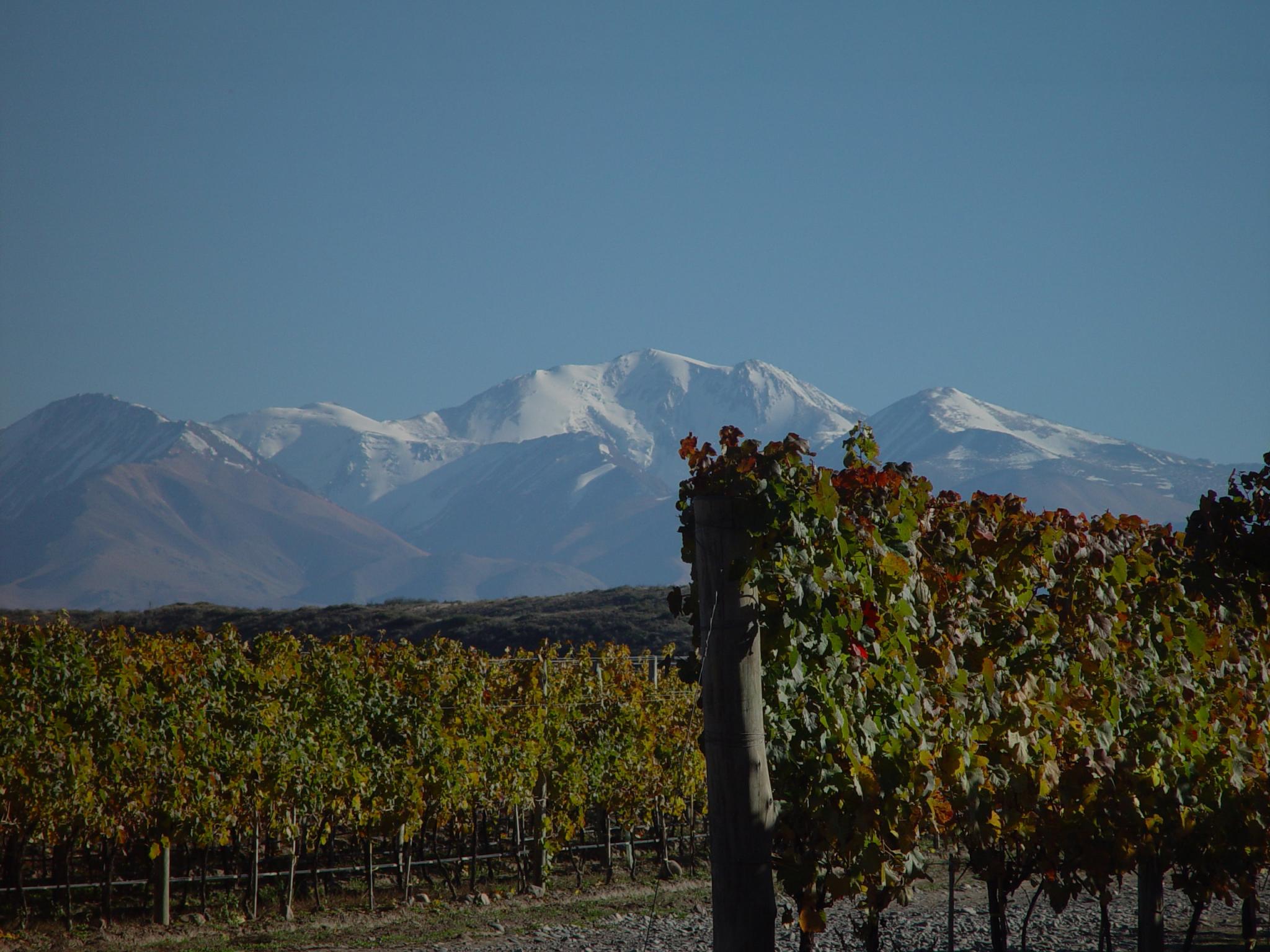CARO

The vintage
Following a prolonged mild winter at the foot of the Andes, the sunny days of spring (8 to 10 days) allowed normal progress of bud burst and flowering.
The night of October 3rd 2018 was extremely cold. In Altamira frost was fought with an active protection and fortunately it did not affect our CARO production.
The good weather prevailed over the rest of the season, with little rainfall at Altamira.
The abnormally cold vintage led to a late vintage (two to three weeks). Without significant rains, and with a perfect sanitary state we were able to wait for the grape to reach their maturity.
Our harvest started on the 25th of March in Altamira and finished on the 22nd of April in Gualtallary.
Location
Nestled at the foothills of the snowcapped Andes mountains, Mendoza is known as the best wine producing region in Argentina. With vines planted on high plateaux between 800 and 1600m above sea level, Mendoza’s vineyards are amongst the highest in the world. Sheltered from the rain by the mountains to the West and the Pampa to the East, the region is very arid. Mendoza wines draw their character from an exceptional sun exposure and wide temperature variations between night and day.
Terroir
CARO vineyard consists of a plot of 8ha located in Altamira, in the Uco Valley, South of Mendoza. Vineyards are planted at 1100m above sea level, on the ancient alluvial bed of the Tunuyan River, and a newer plot in Gualtallary at 1250m with Alluvial soils, sandy with silt and calcareous on gravel.
Winemaking
CARO is made with the utmost care, just like our Bordeaux Grands Crus. CARO grapes come from selected sections of rows within our blocks, where the soil is layered with calcareous deposits as well as limestone, remnants of a river which used to flow through Altamira, and from selected sites in Gualtallary. Grapes are carefully selected and hand harvested. After destemming, they are placed in temperature controlled stainless steel vats for alcoholic fermentation. Maceration lasts for a period of 20 days with gentle pump-over to ease tannin extraction and fix the color. Malolactic fermentation occurs naturally in tanks, then 75% of the wine is transferred into French oak barrels made by the Tonnellerie des Domaines in Pauillac (40% new oak) and 25% in concrete vats for a period of 12 months.
Grapes
Tasting
Deep red color.
The nose is complex with red fruits and figs, followed by aromas of blackcurrant.
On the palate, the wine is round with soft tannins, displaying generous aromas of blueberry and blackberry. Well balanced, with a good persistence on the finish.
Downloads

